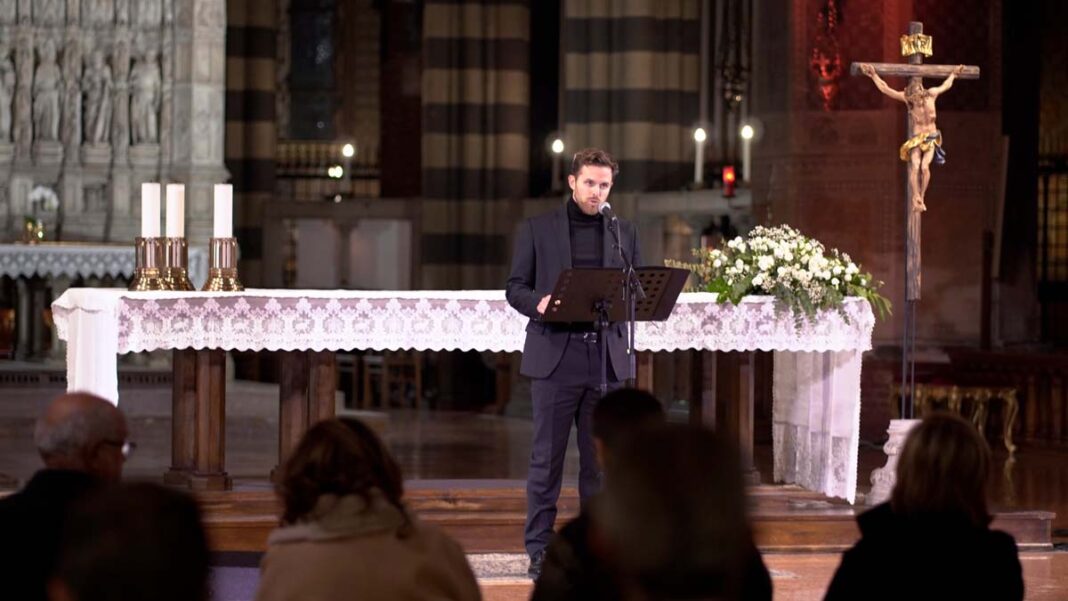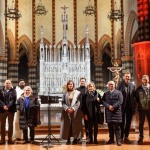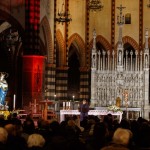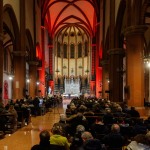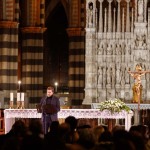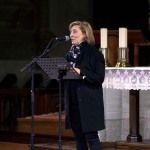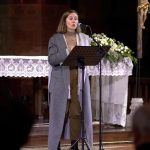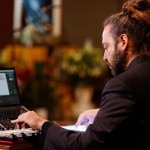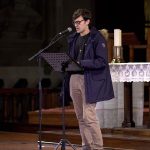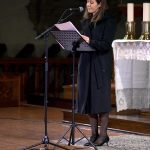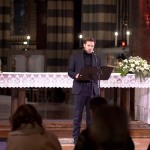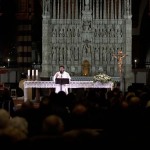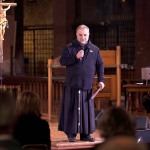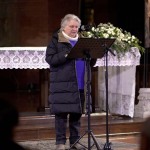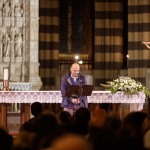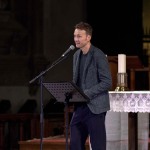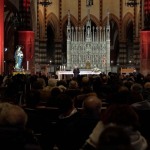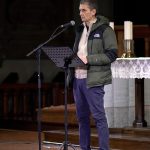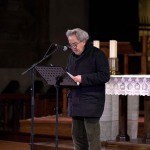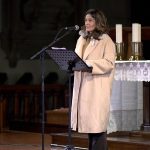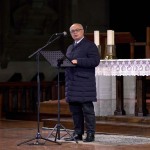On November 29, 2023, the Basilica of San Francesco in Bologna, Italy, hosted a public reading of the Later Rule in commemoration of the 800th anniversary of its approval.
We could, perhaps with some risk, define this event as a “free Franciscan experiment” without any moralism or preclusions. This somewhat audacious “test” involved twelve contemporary citizens of Bologna: a teacher, a neuropsychiatrist, an entrepreneur, a member of a cooperative, an economist, a politician, an athlete, a student, some doctors and even a Dominican friar. Each was asked to comment freely on a separate chapter of the Later Rule―the text in which St. Francis drafted his definitive instructions for the future path and life of his brothers. Pope Honorius III approved St. Francis’ Later Rule on November 29, eight hundred years ago. The simple reason for having twelve guests is that there are twelve chapters in the Later Rule. Perhaps that was the first surprise, both for those giving testimony and for the large audience that filled the Basilica. St. Francis’ Later Rule is concise, without frills and almost minimalist. We might have expected an elaborate Rule, one with a thousand case examples, prohibitions and obligations. Instead, we find the simplicity, freedom and clarity that one would expect from a man like Francis. Certainly there is his radical Gospel approach, but it is always accompanied by his pressing invitation not to be proud and not to judge others. At the end of the event, Marina ORLANDI, after considering the passage about the friars who want to go on mission among the Saracens “and the other non-believers,” merely remarked how surprised she was to see how much Francis, like a father, cared for his friends and fellow travelers. Her remark probably best summarized what was perceived during this event in Bologna. The event also featured Jacopo TREBBI who gave the point by point reading of the Rule, and Andrea GIANESSI who created a special musical atmosphere in the Basilica to accompany the reading and the testimony.
One cannot say it is easy to compare today’s people of the third millennium with a saint of the 13th century. How, for example, would we deal with choosing poverty and refusing money? Or with the strict prohibition against entering women’s convents? And what about confessing sins? Each of the guests came from different backgrounds; they admitted surprise at having received an invitation and found the challenge difficult. Nevertheless, they did not shy away from the commitment.
After recalling and understanding the Later Rule, there will be more events dedicated to the legacy of St Francis. This year also marks the 800th anniversary of the famous nativity scene at Greccio. The Basilica of San Francesco in Bologna is hosting an educational exhibition on the meaning of the nativity scene, as proposed by Bologna’s Pellicano Elementary School. There will also be two artistic nativity scenes on display. One will be by Elena SUCCI, a sculptress from Persiceto, Italy. The other will be in the traditional style of Bologna, assembled from the collection of Mr. and Mrs. Nando LANZI, experts in religious art.
Gianni VARANI






